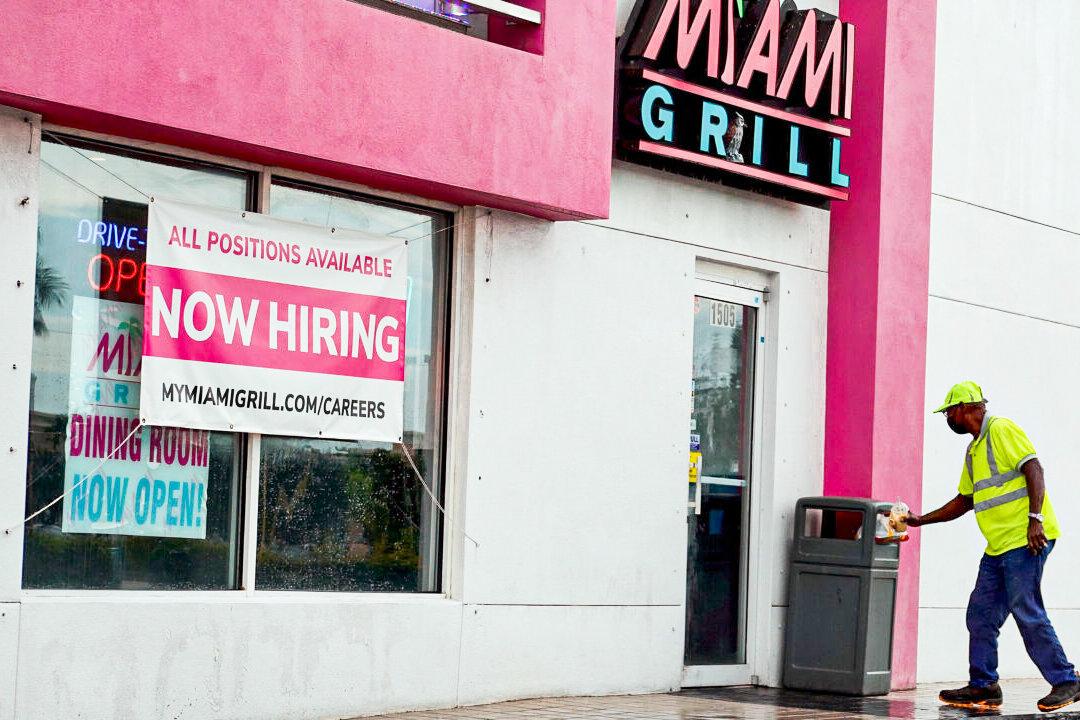Recent government data on the labor market is providing fresh insight into the so-called Great Resignation, with the figures showing that workers in sectors with a lot of face-to-face interaction with other people, such as in accommodation and food services, were quitting their jobs in September at record or near-record numbers and at over twice the national rate.
The Labor Department’s Job Openings and Labor Turnover Survey (JOLTS), released Nov. 12, showed that a total of 4.4 million U.S. workers quit their jobs in September, a record high. The so-called quits rate, which reflects worker confidence in being able to find a better job, also rose to a record high of 3.0 percent, painting a picture of labor market tightness and growing pricing power of workers.





